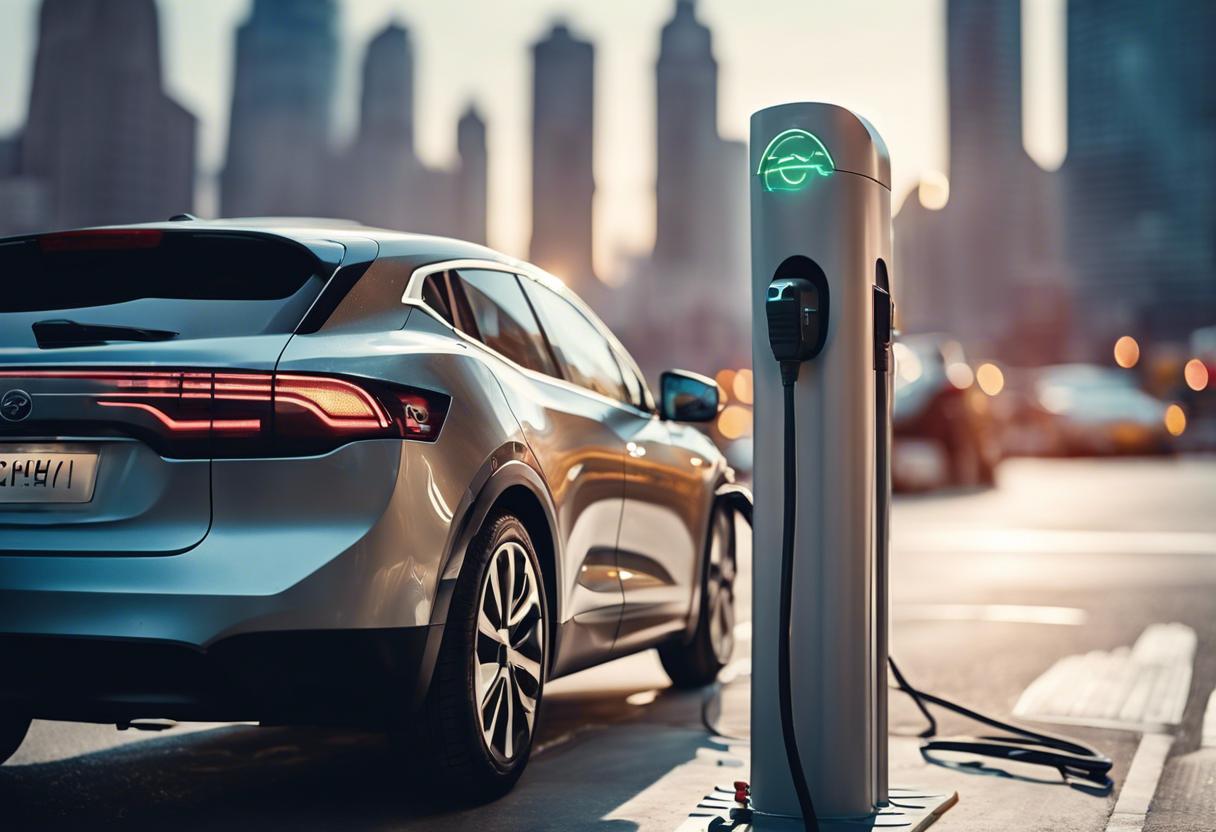In 2022, Kia found itself entangled in a major industry conflict after the discontinuation of its electric Soul. Initiating a wider, affordable electric car roll-out seemed seamless considering its past success in high-end markets and with early adopters. However, the uptake by mainstream consumers has not been as anticipated, causing electric vehicle (EV) manufacturers to encounter oversupply in relation to eager and ready-to-convert consumers.
Upcoming in the market are a series of all-electric compact crossovers, essentially family hatchbacks masquerading as SUVs. But given the 25% decrease in electric vehicle sales this year (even more so in other European markets), the intended celebration of cost-effective new EVs could translate to a severe competition.
Enter the EV3, the succeeding all-electric model after Kia discontinued its acclaimed crossover. However, it appears consumers favoured the rather ordinary Niro. While the Niro remains in the picture, the EV3 seeks to replace the gap left by the Soul. In a market teeming with identical-sized electric cars, it’s a challenging feat. The Soul was distinctive; the EV3, resembling a boxy crossover, blends in with the wider market more.
The EV3 does, however, retain signature design features from Kia’s other EV models, including smart strip lights at the front and a hint of the chunkier outline of the bigger EV9. The interior also carries similarities, with the dash featuring dual 12.3-inch screens for infotainment and driver instruments, plus a command strip for climate controls.
The EV3, despite its compact size akin to a Ford Focus or VW Golf, feels surprisingly roomy equivalent to larger competitors. This isn’t simply an optical illusion; the vehicle boasts substantial legroom in the front and back, along with numerous storage options and compartments – albeit unusual absence of a storage bin between the front seats. A substantial 460-litre boot is further augmented by a 25-litre “frunk” located beneath the bonnet, providing optional storage for the charging cable. The interior design is contemporary, and the material quality matches that found across the brand’s other models – a detail that has consistently received positive feedback from our Kia passengers.
The EV3’s impressive feature is its responsive steering and reactions that confute the vehicle’s compact size. Kia’s engineers have evidently endeavoured to make this EV an effortless switch for those accustomed to driving conventional combustion engines. The EV3’s acceleration isn’t designed to force you into your seat, but rather mimics a speedier paced hatchback’s delivery style. The power is certainly present, providing ample overtake potential where required, but it is delivered in a more gentler manner than previous-generation electric cars.
However, noticeable body roll occurs when the EV3 attempts a high-speed corner, with the ESP stability control working to keep the car in check, often resulting in a bouncy ride. This suggests the ESP could be slightly more interactive, as the intended target market for this vehicle isn’t thrill-seeking drivers, but regular family users.
Consequently, for these everyday commuters, the switch from petrol or diesel vehicles to the EV3 will prove remarkably straightforward. The vehicle also comes equipped with the inimitable ambient lighting set-up found in larger Kia models, a feature that was appreciated in the previous Soul model, but has been substantially enhanced for the EV3. Kia has successfully managed to downsize a feature initially intended for larger cars, and incorporate it into the smaller EV3 without any noticeable shortcomings.
The EV3 offers excellent urban navigation, comparable to the convenient manoeuvrability typically seen in family hatchbacks, and would make a tactical addition to any busy shopping centre car park. Just like many modern motorists, reverse cameras have become a virtual need for me, and Kia’s system ticks all the boxes, particularly with its effective blind spot monitoring.
When it comes to its driving force, a solitary 201bhp (150kW) engine, which drives the front wheels, is in charge. Buyers can look forward to two battery selections: a 58kWh option and an 81kWh one. The first provides an official WLTP range of around 436km, while the larger counterpart can cover 605km.
Kia has debuted its newest i-Pedal regenerative braking innovation in the EV3, which offers drivers the opportunity to customise their braking regeneration levels, facilitating single-pedal driving. Numerous vehicles currently boast i-Pedal capabilities, yet Kia’s offering stands out, especially since there is less resemblance to a bumper car at the fair.
The simple functionality of one-pedal driving harmonises with the vehicle’s emphasis on comfortable and laid-back driving dynamics, as opposed to high-speed performance. The EV3 Series begins at €36,790 for the 58kWh model, in the base grade Earth 2 – while the extended range of the 81kWh variant goes for €40,350 – placing Kia squarely in competition with rivals, and even making the EV3 cheaper than its own well-received Niro series, available in hybrid and EV versions.
Kia presents three trim levels: Earth 2, Earth 3 and GT Line, though the smaller battery is exclusively available in the base model. But don’t let that fool you – the base model is still quite appealing, boasting features like dashboard screens, warmed seats, LED lights and more. However, for €42,840, it might be worthwhile considering the intermediate Earth 3 model, offering not only enhanced range but also features like electrically heated front seats and the standout blind spot monitoring system.
Given the competitive automotive market, Kia’s blend of relaxed driving dynamics, advanced technology, impressive mileage, family-friendly space and viable pricing, the EV3 stands a good chance of emerging as a victor in the race for supremacy.

